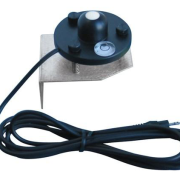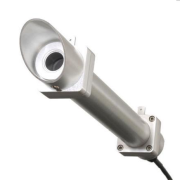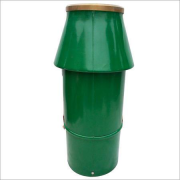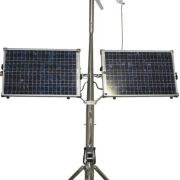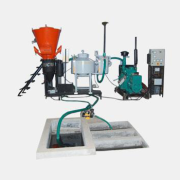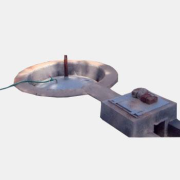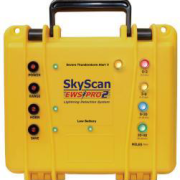SILICON PHOTODIODE PYRANOMETER
RANGE OF EXPERIMENTS TO BE CARRIED OUT:
1. To Measure solar radiation flux density.
TECHNICAL DESCRIPTION :
A photodiode-based pyranometer can detect the portion of the solar spectrum between 400 nm and 900 nm, with the most performant detecting between 350 nm and 1100 nm. The photodiode converts the aforementioned solar spectrum frequencies into current at high speed, thanks to the photoelectric effect. The conversion is influenced by the temperature with a raise in current produced by the raise in temperature (about 0,1% • °C)
A photodiode-based pyranometer is composed by a housing dome, a photodiode, and a diffuser or optical filters. The photodiode has a small surface area and acts as a sensor. The current generated by the photodiode is proportional to irradiance; an output circuit, such as a transimpedance amplifier, generates a voltage directly proportional to the photocurrent. The output is usually on the order of millivolts, the same order of magnitude of thermopile-type pyranometers.
DIMENSIONS AND WEIGHT :
Size :0.4 m.(L)x 0.4 m(W) X 0.4 m ( H )
Weight :Approx. 7 Kg
SERVICE REQUIRED :
Power Supply : 230 V AC
SCOPE OF DELIVERY:
1. Experimental Setup
2. Instructional Manual
Get More Details:- 17-PHOTODIODE PYRANOMETER17-PHOTODIODE PYRANOMETER

